Migraine Care and Prevention: Some Alternative Options
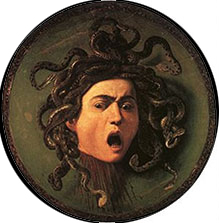 Migraine headaches are a terrible but not uncommon struggle for many... not only those of us with RSD/CRPS, or Systemic Mast Cell Disease, but any immune or central nervous system mediated disorder may suffer this type of pain. Migraines are notoriously unresponsive to pain medications. However, there are drug free alternatives that you can use to prevent them, decrease the intensity of pain or duration of the attack, and sometimes to even stop them in their tracks.
Migraine headaches are a terrible but not uncommon struggle for many... not only those of us with RSD/CRPS, or Systemic Mast Cell Disease, but any immune or central nervous system mediated disorder may suffer this type of pain. Migraines are notoriously unresponsive to pain medications. However, there are drug free alternatives that you can use to prevent them, decrease the intensity of pain or duration of the attack, and sometimes to even stop them in their tracks.
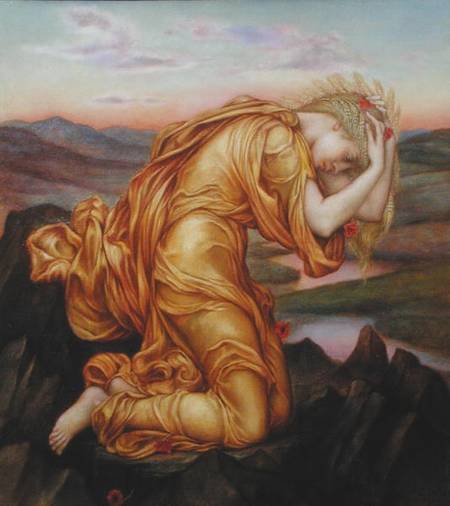 Â Â Â Â Â Â Â Â Â Â Â Â Â Â Â Â Â Â Â Migraines are the most brutal of headache pain, but there is hope.
                   Migraines are the most brutal of headache pain, but there is hope.
- Reduce stimulation. At the first sign of a Migraine (aura, flashing lights, nausea, whatever warnings you get) immediately remove yourself from as much stimulation, light and noise as possible. Some people find a soft, light blocking eye mask helpful. Lay down if possible, (sleep if possible), slow your breathing and try to remove any stressful thoughts or worries; begin any relaxation techniques you know (and actively seek out new ones to try; practice when you are not in pain so that when you are it will come more easily). I can suggest some if you wish, but there are lots of options out there. Hold one hand cupped gently around your forehead, the other around the base of your skull. This technique comes from Chinese medicine and is believed to help balance brain chemistry. Switch hands after a while. It can also be helpful to have a trusted friend do this for you.
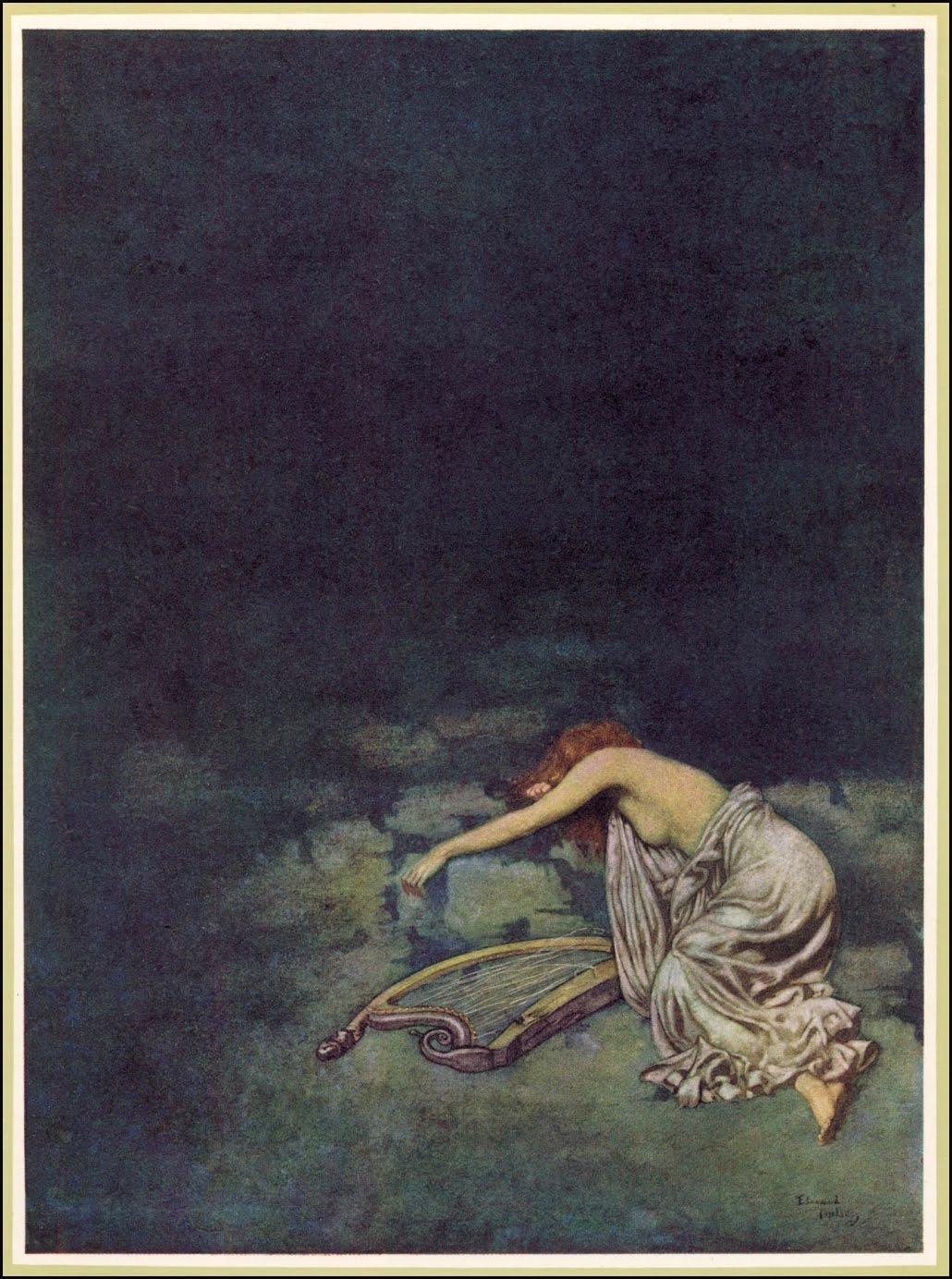 No matter what else you do, laying still and silent in a dark, quiet place is the best start.
No matter what else you do, laying still and silent in a dark, quiet place is the best start. - Wherever you are, but if possible lying quietly in the dark, try this modified “4-square†breathing, a yogic technique for balancing many bodily/brain functions, including hormones that can contribute to migraine: breathe in through both nostrils, then put one hand up and gently block one nostril; breathe out slowly (to a count of 8) through the other. Hold breathe for a count of 4, then inhale to a count of 4 through the same nostril. Hold breath for a count of 4, then switch to gently blocking that nostril and exhale (to a count of 8) through the other. Repeat for as long as you wish.
- Temperature modulation can be very important when the first triggers hit; make sure you are neither too hot or too cold. If your head feels hot a cool cloth at the base of the skull and/or across the forehead and eyes can be helpful.
- Staying very well hydrated can help stave off migraines. Drink lots (especially of pure water)! Unsweetened fruit juice mix
 ed 50/50 with pure water is good, as are herb teas. Coffee and alcohol are both dehydrators. Black and green teas can go either way. If black tea turns out to be a problem (let’s hope not!) try switching to organic and if that doesn’t do it, try switching to a good quality rooibos.
ed 50/50 with pure water is good, as are herb teas. Coffee and alcohol are both dehydrators. Black and green teas can go either way. If black tea turns out to be a problem (let’s hope not!) try switching to organic and if that doesn’t do it, try switching to a good quality rooibos. - Blood sugar can be a factor; making sure not to let your blood sugar spike or drop can be an important prevention tool. Avoid high sugar hits and have protein with sweets when possible. Caffeine is also a trigger for many, partially because it can mediate blood sugar drops. Frequent small meals are better than large ones, and as long as allergies are not an issue, nuts can be a very good preventative food. Carry small protein and carbohydrate snacks (like crackers and peanut butter) in your purse or pocket, as well as small amounts of high quality quickly available sugars such as unsweetened dried fruits.
- Substances to avoid: Red wine, grapes, beer, fermented soy products like tamari, and cheddar or other aged cheeses are migraine triggers for many, because of the chemical tyramine. Nitrates are a problem for many (bacon, hot dogs and other smoked meats). Preservatives, dyes,binding agents and other additives in medications can be major triggers, especially for those with mast cell disease. Strongly consider a trial run of getting all of your medications either additive free (sometimes there will be a commercial option, but more often you will need to have them made up for you at a compounding pharmacy); this is especially important if your headache "never goes away"; those meds that may otherwise be crucial to maintenance of your health condition could be hidden snakes in the grass.
- Diet wise, avoid any known allergens. Food additives such as preservatives, food colouring, MSG and other “flavour enhancers†are triggers for lots of people. Look at ingredient lists in any processed foods you eat. Strongly consider a trial run on switching to less processed foods. Pesticides and herbicides are such potent neurotoxins that eating organic can be imperative. Some get migraines from very cold foods like ice cream, others find cold foods can help in the early stages. You could experiment with avoiding different food families that are problematic for some people; the nightshades (potatoes, tomatoes, eggplant, peppers, etc), brassicas (cabbage, broccoli, etc.), and the alums (onions, garlic, etc.) An elimination diet can help identify hidden allergens or other specific dietary migraine triggers. If you want further details on elimination diet, google it; there's lots of great sites detailing how-to.
- Magnesium is both anti-spasmodic and calming to the neurovascular system, which may explain why a daily magnesium supplement can decrease frequency of migraines for some people. Using topical magnesium chloride hexahydrate (sometimes called magnesium “oil†or magnesium solution and available through numerous on line sources is fast acting and doesn’t involve ingestion, so it can be a good option after a migraine has started. Rub on temples and/or areas of thin skin like inner wrists, ankles or thighs for quick absorption. If you don’t mind the taste, it can be spayed under the tongue for the best and fastest absorption (make sure the kind you’ve purchased is food grade, though most are). Magnesium is an important RSD/CRPS supplement in any case so it’s all to the good.
- Vitamin B2 and B6 have both been found to reduce migraines and seizures (which can be related in some people). They can be taken daily (actually, if you tolerate it, a good Bcomplex daily is best). Also, you should be able to purchase them individually in pure powder form from a good compounding pharmacy, and when you get the first signs of a migraine starting, either or both can be placed under the tongue and may help stave it off (about the size of a plastic pin head or homeopathic pellet will equal approx. 40mg and be an appropriate dose.) Try the B6 first (we found it most effective, but I have heard that the B2 can sometimes be needed too; probably depends on your nutritional status or the specific type of migraine).
- Homeopathics can be helpful, sometimes even transformative. Like all energetic medicine, they are subtle and easy to dismiss, but they work amazingly well on infants and animals, neither of whom would be susceptible to placebo effect, so you may want to give these a try. I won’t get into
 the theories and mode of action here, but do not be concerned that many of the substances which homeopathic medicines are based on are in fact poisons or irritant of some sort; you will not be ingesting any of the actual substance, but an energetic signature of it, potentiated to treat the symptoms the substance itself could cause (on a similar principal to vaccinations). Some writers maintain there can be no adverse effects from homeopathics; I do not believe this to be the case, though it is not common. If you don’t like how you feel after taking a homeopathic, they are easily antidoted by smelling or drinking either coffee or mint tea. Here’s a few homeopathic migraine options (though there are many more); use the specifics to guide your initial selection (by the way, all of these can be helpful for RSD/CRPS pain, too, and I have included several that are also indicated for vertigo). You don’t need to have every indication, just look for words or patterns that ring a bell. Italicized words are especially strong indicators. Two names are given for some that may be marketed under either. I suggest use of pellets rather than liquid if possible, 30ch is the best starting potency. If you can’t get it, you may use 6ch or 6X, but do not go with higher potencies (200 or 1M etc.) unless more experienced, very capable of self-testing, or under professional guidance.
the theories and mode of action here, but do not be concerned that many of the substances which homeopathic medicines are based on are in fact poisons or irritant of some sort; you will not be ingesting any of the actual substance, but an energetic signature of it, potentiated to treat the symptoms the substance itself could cause (on a similar principal to vaccinations). Some writers maintain there can be no adverse effects from homeopathics; I do not believe this to be the case, though it is not common. If you don’t like how you feel after taking a homeopathic, they are easily antidoted by smelling or drinking either coffee or mint tea. Here’s a few homeopathic migraine options (though there are many more); use the specifics to guide your initial selection (by the way, all of these can be helpful for RSD/CRPS pain, too, and I have included several that are also indicated for vertigo). You don’t need to have every indication, just look for words or patterns that ring a bell. Italicized words are especially strong indicators. Two names are given for some that may be marketed under either. I suggest use of pellets rather than liquid if possible, 30ch is the best starting potency. If you can’t get it, you may use 6ch or 6X, but do not go with higher potencies (200 or 1M etc.) unless more experienced, very capable of self-testing, or under professional guidance.
- Aconitum Napellus: acute, sudden, violent pain with a sensation of heat or fever. Great fear, anxiety, or foreboding may accompany symptoms. Restlessness, feeling that one may go insane from the sensations/pain. Burning, tingling, numbness. Throbbing, heavy, pulsating, burning type pain in skull. Accompanied by biliousness, vomiting, pressure in stomach. Better in open air, worse in a warm room or at night.
- Actea Racemosa/Cimifugia Racemosa: Agitation and pain. Shooting, throbbing or electrical pain with wild feeling in the head; waving sensation, brain feels too large. Sensitive to least sound. Nausea, vomiting, sinking feeling in abdomen. Worse after worry, overstudy, during wind-storms or menstruation. Better from warmth or eating. Â
- Belladonna: Flushed face, heat and redness with violent pain in head. Neuralgic pain. Loss of appetite, aversion to drinking liquids, empty retching or uncontrollable vomiting. Acuteness of all senses. Vertigo with falling to the left or backwards. Worse from touch, jarring, noise, draughts, light, lying down, and in the afternoon.
- Iris Versicolor: Frontal migraine with nausea, right temples especially affected. Begins with blur before eyes, or optical illusions, sometimes after relaxing from a mental strain. Roaring, buzzing or ringing in ears. Facial neuralgia. Nausea with burning sensation up gastric canal, profuse salivation prior to vomiting. Worse evening or night, better from continuous motion.
- Kali Bichronium: Headache over the eyebrow, preceded by blurred or changed vision. Aching with sensation of fullness. Semi-lateral headache in small spots, pain over one eye with soreness of skull, facial bones, and scalp. Stuffed nose or sinuses, thick, viscid discharge from any part of the body. Sore throat. Nausea and vomiting. Worse on right side, from beer, morning, hot weather.
- Gelsimium sempervirens: Â vertigo, spreading from the occiput. Band-like sensation around the head, dull, heavy ache with bruised sensation. Pain in temples extending to the ear, nose and chin, may have muscular soreness of neck and shoulders or bruised feeling in eyes. Desire to be quiet, left alone. Langour, listlessness, apathy, but lack of fear during attack. Loss of muscular control. Cramps and trembling in limbs. Thirstless. Delirious with sleep, exhausted and yearning for sleep, but may have insomnia. Chills, shaking. Â Worse during damp weather, before a storm, after emotion, fear, or excitement, from bad news, mid-morning. May be better from movement, bending forward, stimulants, open air.
- Natrium Muriaticum: Head throbs, blinding headache. Feeling like a thousand hammers knocking on brain. Head feels too large, cold. Pale face, nausea, vomiting. Before attack, numbness and tingling in lips, tongue or nose, sees sparks, firey zigzags. Pain in eyes, letters run together, dry mucous membranes or thin runny discharge, great weakness and weariness, oversensitive to all sorts of influences. Hungry, unquenchable thirst, craving for salt, sweating. Pain in back, numbness and tingling in fingers or lower extremities. Worse from noise, music, warm room, lying down, emotion. Consolation aggravates. Depressed, particularly in chronic diseases, wants to be alone to cry.
- Nux Vomica/Columbrina: Headache over eyes with tight neck. Vertigo with momentary loss of consciousness. Pressing pain in vertex as if a nail was driven in. Tight neck and jaws. Photophobia, optical pain. Extremely irritable, argumentative, uncharacteristically  fault finding. Does not want to be touched. Nausea and vomiting, may want to vomit but be unable to. Sour, bitter eructations. Ravenous hunger. Arms, hands or legs may go numb with sensation of shocks. Sudden loss of power in arms and legs in the morning. Worse morning, mental exertion, after eating, stimulants, narcotics, cold. Better from a nap, but only if allowed to awaken naturally, better from hard strong pressure.
- Sanguinaria Canadensis: “Sick headacheâ€, worse on right side. Veins in temples distended. Pain in back of head “like a flash of lighteningâ€, facial neuralgia. Nausea with salivation, unquenchable thirst, asthma with stomach disorders and pain of right shoulder and arm. Worse from female hormonal fluctuations, sweets, motion, touch, right side. Better from acids, sleep, darkness.
11. There are numerous herbal options.
- Feverfew has been found helpful in both traditional wisdom and recent studies. It can be taken as a tea daily or when you think you are at risk. It is easily grown even in window boxes; the traditional dose is one pinch of raw plant per day. Be aware that it is in the daisy family, like chamomile (which also has a history of treatment of headaches including migraine) and if you are allergic to ragweed you may be sensitive to it, so test cautiously until you are sure it’s ok for you.
- Gingko is a vascular tonic which has also been historically prescribed and recently proven to help some migraine sufferers.
- Other options include passion flower, Calilfornia poppy, hops, valerian root, and skull cap. All of these have mild sedative properties (except valerian which has potent sedative properties) and should be used cautiously or not at all if you are on any sedative meds. If it’s not contra-indicated, Valerian tincture can be a serious help at the time; if you take it at the first sign and get into a dark room to lay down it may help you to “sleep it off†or prevent it from getting fully going. We used to make a strong skullcap tea for our son when his pain was unbearable; it had the unfortunate side effect of making him vomit, which sometimes had the very fortunate side effect of abruptly ending the pain, after which he could sleep off the after effects. Not fun, but it was effective.
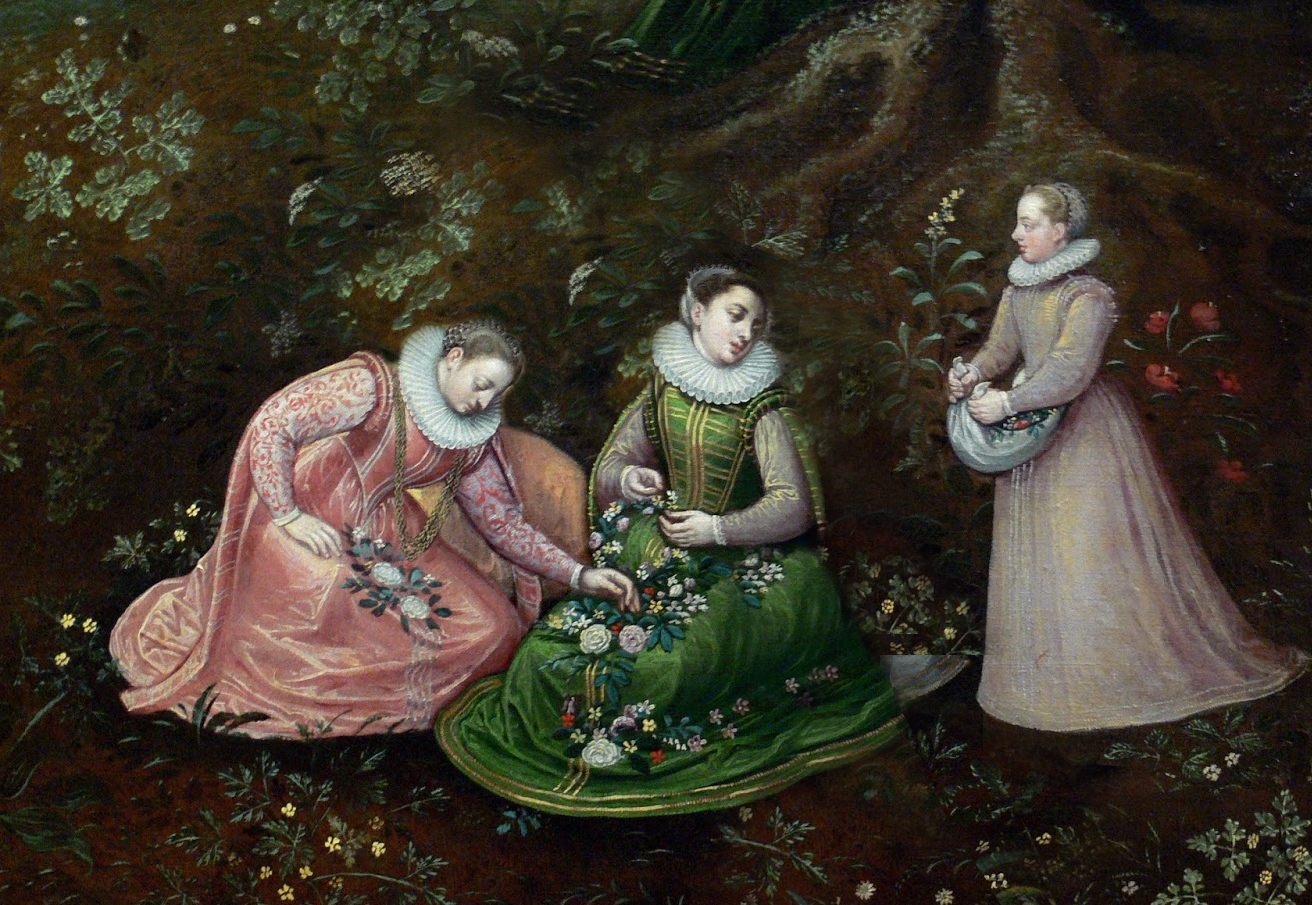 The plant world offers us many fine options for headache pain, including migraines.
The plant world offers us many fine options for headache pain, including migraines.
- Cannabis has been used historically (1800’s through early 1900’s) and has recently been publicized as a migraine helper; given its profound anti-spasmodic properties, I am not surprised. I would think sublingual tincture or topical preparations (rubbed in the temples in gentle circular motion) might be best. A few migraine sufferers, especially those who are also subject to seizures, should investigate cannabis with caution; a small percentage of them may be very sensitive to it and could have an adverse reaction, even though it can be very fine medicine for a larger percentage of the same group.
12. Acupressure can provide significant relief for some people some of the time. Try these, pressing for approx. 1-2 minutes (or more, if you are getting relief), or until the point “releasesâ€, which you may feel as a sense of letting go, or sometimes it may trigger a yawn; oddly enough, forcing a yawn can help a point to release if it doesn’t seem to be doing anything. If possible, this is most effective done in a dark, quiet place, but can be done anywhere; breathe slowly and gently as possible. There are lots more, but these are some starters for migraine headaches. Give the power of healing hands a try!
- Large Intestine -4 is a point in the webbing between thumb and forefinger; use the other index finger and thumb to grasp that point and grip it strongly.
- Liver-2 is the point on the top of the foot at the base of the big toe (at the webbing between it and the next toe); also a pain point. If you have someone to help you, doing Liv-2 &LI-4 at the same time is good.
- Pressing upward with your thumbs at the point just below the inside edge of your eyebrow (on either side of the upper bridge of your nose), digging upward into the bone of the eye socket can be helpful. Once you’ve got those spots located reach whichever finger is most comfortable to the spot directly between your brows (your “third eye†point) and press at the same time.
- Reach back with both hands (or one at a time if mobility doesn’t allow, or get a friend to help) to the back of the neck; press three fingers, about a ½ inch apart, along the tendons that connect your skull to your shoulders. Press firmly while bending your head forward. Massage in this area can be good, too.
- When headache pain is causing or accompanied by a panicky sensation or bordering on/triggering seizure (in people with seizure disorders) grasping the Achilles tendon at the back of the heel and pressing very firmly, even twisting or rhythmically “twanging†it can be very helpful. We have seen this help resolve migraine seizures even when consciousness was lost.
- Try a “spinal flushâ€; this you need a friend’s help with. Lean forward (sitting or standing) and have your friend start at the base of your skull and gently but firmly rub the space between each spinus process (the part that pokes out) of your vertebrae. Each indent should be pressed and rubbed firmly with your friend’s thumbs for a few moments, in a horizontal and outward direction, then before moving to the next one down, a last firm swift stroke with the thumbs out and down the back a few inches from the spot in a sweeping motion. After going down the entire spine, have your friend sweep downward with flat palms on either side of the spine from base of neck to tail bone (or where ever you are comfortable ending the sweeps) and with long, swift, firm motions “pull†down and outward from your body and “shake off†their hands multiple times. They should wash their hands with cold water afterwards. This technique stimulates all the points in the Bladder meridian, and is very effective in releasing stress and anxiety, decreasing pain, and balancing hormones that may be impacting your migraine.
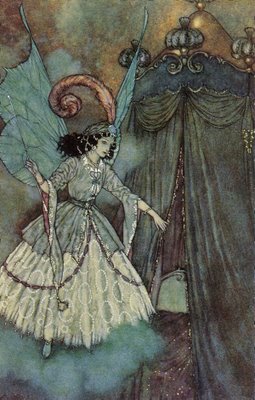 Create a magical, toxin-free haven in your bedroom; your place to rest &heal.
Create a magical, toxin-free haven in your bedroom; your place to rest &heal.
13. Reduce toxins. Be aware of, and where possible decrease or ideally avoid chemical exposures. Consider especially the room/venue (s) you have been in prior to or at the time the migraine starts; assess possible triggers, as this may save you many future migraines. Knowing the triggers is crucially important. Regardless of known triggers, take great care to create a toxin free space for your bedroom. This means avoiding especially pesticides (restaurants or anywhere that serves food are high risk), herbicides (including hothouse flowers, recently purchased potted plants, etc), fungicides (many new construction materials), fire retardants (computers and other electronic equipment; the newer the higher the rate of off gassing), scented products of all kinds (including personal care products, laundry soaps or additives especially fabric softeners or deodorizing products such as Febreeze or other spray on plug in products as many are made to impregnate fabrics and other porous materials and slowly re-release for an extended period of time… and don’t forget more “natural†scented products such as essential oils, these can be migraine triggers for many people), chemical cleaning solutions of all kinds, phenols (volatiles which exude from plastics, especially including any soft plastics such as new shower curtains, plastic bags etc), solvents (paints, varnishes, inks, fingernail polish etc.). Keep outdoor clothing which may more often have exposure to scents and environmental toxins out of the bedroom. Ideally keep computer equipment out of the bedroom, or at least remove from the room and air out prior to sleeping. I do have numerous detox protocols for dealing with exposures once they’ve happened that we can get into at another time.
14. EMF’s (electromagnetic fields) can be a trigger for many people with migraines; turning off as many electric/electronic devices as possible in as wide an area around you as possible can give your central nervous system and brain the break they need to resolve a migraine. Don’t forget that many devices have transformers or other components that continue to run current when the device is “offâ€; unplugging may be your best bet, or better yet, switch of as many breakers as possible, even the main breaker. Use a flashlight or enjoy candle light (best is organic beeswax rather than petroleum based); soft or no light can be a real relief during recovery in any event.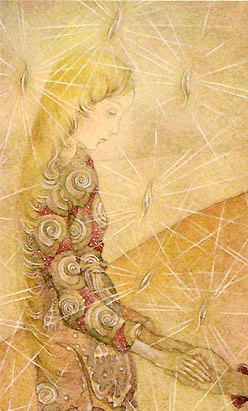
15. Related to EMF’s is static electricity; wearing synthetics, especially polyester, especially on your feet can raise your static charge and impact your “total loadâ€. Get all synthetics off your body and get into natural fabrics during a migraine; best is organic cotton, silk, or linen. Not only will natural fabrics not hold/generate static charge, but you also don’t need pesticide residues at this point; all are neurotoxic and most are neurostimulant. A good trick to tone down static charge in the body, and one that we have seen to be an effective part of migraine management; vigorously rub (or have a friend rub) the base of your entire bare foot with the back (rounded part) of a large stainless steel or silver spoon, one that has been slightly chilled in the fridge or freezer can work especially well if you can tolerate the cold (RSD/CRPSers please be very cautious regarding cold!). Taking off shoes and socks and grounding your feet by walking on grass (pesticide free only please!), earth, rock, or sand is helpful, too (concrete won’t cut it, you've got to go natural!).
                         The lovely Static Electricity Faery is probably not your friend right now...
16. It may seem like a drag, but keeping a health diary where you record literally everything that could possibly impact health; food, drink, sleep, exercise, activities, places you go, people you interact with, supplements &meds,  etc etc for a few months (or a year if you have the stamina) can be a massive help in tracking down unsuspected triggers.This can make a huge difference in your quality of life. Migraines are like any RSD/CRPS, allergy, or mast cell flare; they are rarely caused by one thing, they are usually the culmination of your “total load†being too great. A combination of triggering factors that in and of themselves may not have been enough to push your body over the edge have probably conspired to create a load your central nervous and or immune systems just can’t handle. Pinpointing your own particular triggers and being aware of other potential triggers can help you avoid a lot of pain.
 You may find a year of health journaling is solid gold when it comes to taming your beast.
You may find a year of health journaling is solid gold when it comes to taming your beast.
Well, I hope that some of these suggestions may have helped you find relief. If anything you've tried hasn't helped the first time, give it at least one more try. Sometimes, it takes our bodies a second or third chance to recognize a gentle friend. And don't forget; anything that can relax your mind and body has a chance of being the help your body needs to release that extra pain... look into the Stress Relief Central section for reminders of some good techniques. When you feel those migraine triggers piling up, try a little creative visualization or other central nervous system calming technique; it might just make the difference. I hope with all my heart for low pain days and nights ahead for you, my friends. Bye for now...
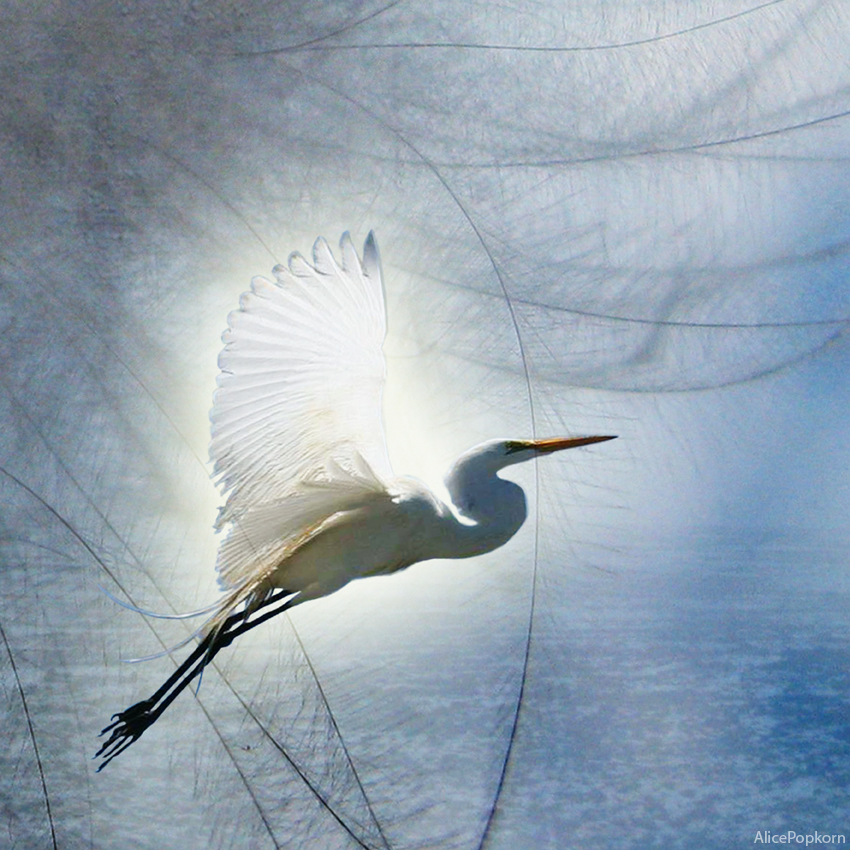
Author: Lili Wilde
Date Posted: 2013-12-28 Date Last Edited: 2014-08-12 14:46:18
